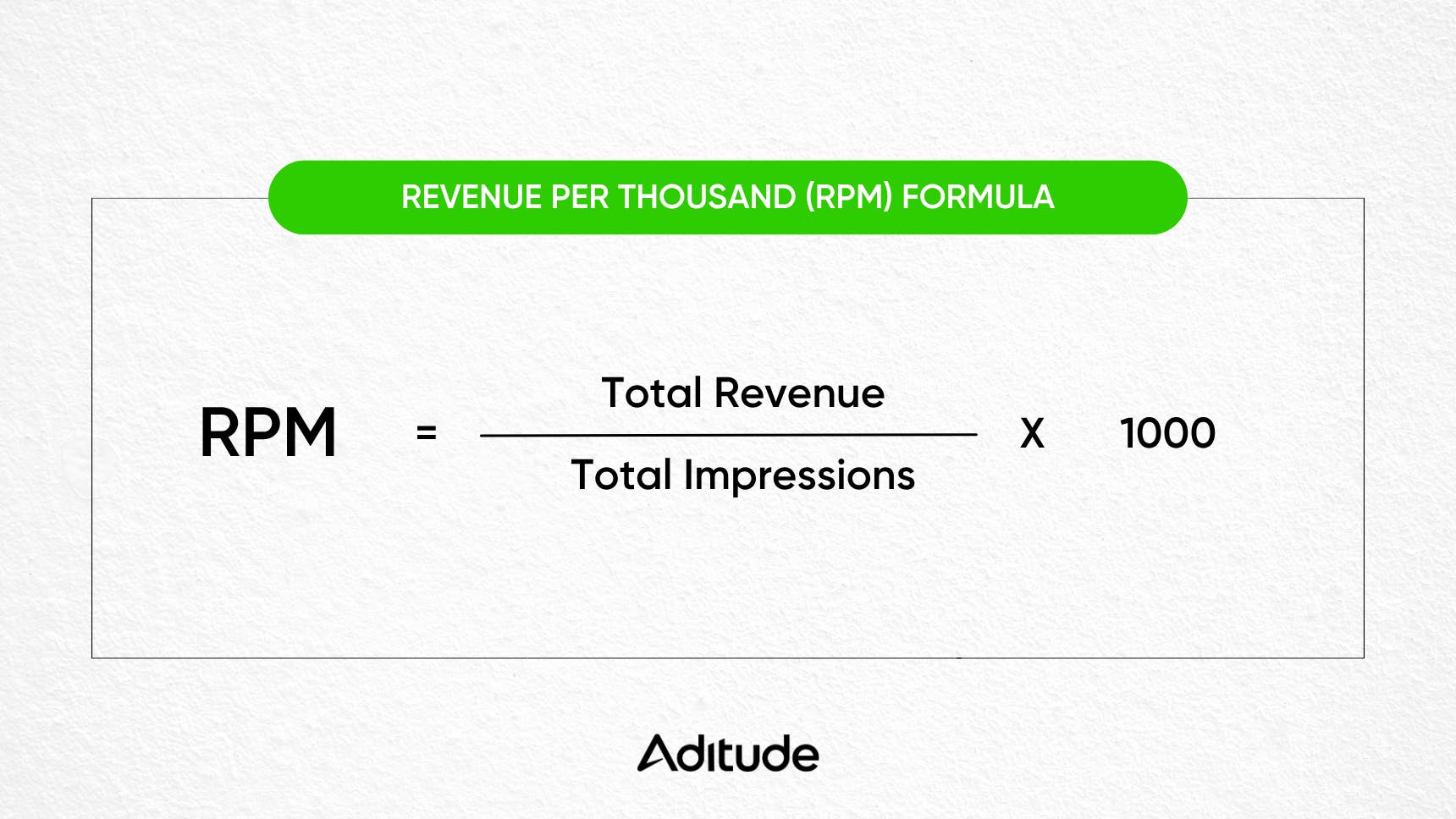Header Bidding: The Complete Guide to Modern Programmatic Advertising
Learn everything about header bidding - the programmatic advertising technology that's revolutionizing publisher revenue. Discover how it works, implementation best practices, benefits vs. waterfall methods, and future trends in this comprehensive 2025 guide.

Digital advertising has undergone a revolutionary transformation in recent years, with programmatic advertising becoming the dominant force in how publishers monetize their content and advertisers reach their target audiences. Among the most significant innovations in this space is header bidding, a technology that has fundamentally changed how publishers sell their ad inventory and how advertisers compete for premium placements.
Header bidding represents a paradigm shift from traditional advertising methods, offering publishers unprecedented control over their inventory while providing advertisers with fairer access to premium ad spaces. This comprehensive guide will explore every aspect of header bidding, from its basic mechanics to advanced implementation strategies, helping you understand why this technology has become essential for modern digital advertising success.
What is Header Bidding?
Header bidding is an advanced programmatic advertising technique that allows publishers to offer their ad inventory to multiple demand sources simultaneously before making calls to their ad server. Unlike traditional advertising methods where ad networks compete in a sequential waterfall approach, header bidding enables real-time competition among multiple bidders, ensuring that publishers receive the highest possible price for their ad spaces.
The technology gets its name from the fact that the bidding code is typically implemented in the header section of a web page, allowing it to execute before the page content loads. This strategic placement ensures that all potential buyers have an equal opportunity to bid on the available inventory, creating a truly competitive marketplace.
At its core, header bidding democratizes the advertising ecosystem by breaking down the traditional hierarchy that favored certain ad networks over others. Publishers can now access demand from various sources including ad exchanges, supply-side platforms (SSPs), and demand-side platforms (DSPs) simultaneously, maximizing their revenue potential while maintaining full control over their inventory.
How Does Header Bidding Work?
Understanding the mechanics of header bidding requires examining the step-by-step process that occurs each time a user visits a webpage with header bidding implementation. The entire process happens within milliseconds, ensuring minimal impact on page load times while maximizing revenue opportunities.
When a user visits a webpage with header bidding enabled, the following sequence of events occurs:
The user's browser begins loading the webpage and encounters the header bidding code in the page header. This code immediately sends bid requests to multiple demand sources simultaneously, including various ad exchanges, SSPs, and DSPs that the publisher has integrated into their setup.
Each demand source evaluates the bid request based on factors such as user demographics, browsing behavior, device type, geographic location, and the specific ad placement. Using sophisticated algorithms and machine learning models, these platforms determine the maximum amount they're willing to pay for the opportunity to display an ad to this specific user.
The demand sources respond with their bids within a predetermined timeout period, typically ranging from 1000 to 3000 milliseconds. This timeout ensures that the page loading process isn't significantly delayed while still allowing sufficient time for competitive bidding.
Once the timeout period expires or all responses are received, the header bidding wrapper collects all bids and determines the highest bidder. This winning bid information is then passed to the publisher's ad server along with the corresponding creative and targeting information.
The ad server makes the final decision on which ad to display, considering not only the header bidding results but also any direct deals, guaranteed campaigns, or other inventory commitments the publisher may have. If the header bidding winner offers a higher effective CPM than other available options, that ad is selected for display.
Finally, the winning creative is rendered on the webpage, and the user sees the advertisement. Throughout this entire process, detailed analytics and reporting data are collected to help publishers optimize their header bidding setup and maximize future revenue.
Understanding Real-Time Bidding (RTB)
Real-time bidding forms the technological foundation upon which header bidding operates. RTB is an automated auction system that allows advertisers to bid on individual ad impressions in real-time, with the entire process completing within milliseconds of a user visiting a webpage.
The RTB ecosystem consists of several key components working together to facilitate these lightning-fast auctions. Publishers make their ad inventory available through supply-side platforms, which act as intermediaries between publishers and the broader programmatic advertising ecosystem. On the demand side, advertisers use demand-side platforms to manage their campaigns and participate in RTB auctions.
When an RTB auction occurs, it involves multiple parties evaluating the same impression simultaneously. Advertisers' algorithms analyze hundreds of data points about the user and the context of the ad placement to determine the maximum bid they're willing to submit. This analysis considers factors such as the user's previous browsing history, demographic information, the time of day, device type, and the specific website or app where the ad will appear.
The auction mechanism itself follows a second-price auction model, where the winning bidder pays slightly more than the second-highest bid rather than their full bid amount. This system encourages bidders to submit their true maximum valuation for an impression, as they won't be penalized for bidding higher than necessary.
RTB has revolutionized digital advertising by introducing unprecedented efficiency and targeting capabilities. Advertisers can reach highly specific audiences with personalized messages, while publishers can monetize their content more effectively by ensuring their inventory is sold to the highest bidder.
What is a Header Bidding Wrapper?
A header bidding wrapper is a crucial piece of technology that serves as the orchestrator of the entire header bidding process. Think of it as the conductor of an orchestra, coordinating multiple demand sources to ensure they all perform in harmony while maximizing the publisher's revenue potential.
The wrapper is essentially a JavaScript library that manages the complex process of sending bid requests to multiple demand partners simultaneously, collecting their responses, and determining the optimal outcome. Without a wrapper, publishers would need to implement and manage individual integrations with each demand source, creating a technical nightmare that would be both time-consuming and error-prone.
Modern header bidding wrappers offer sophisticated features that go far beyond basic bid management. They include advanced timeout management to prevent slow-responding bidders from delaying page load times, sophisticated analytics and reporting capabilities to help publishers optimize their setup, and intelligent demand partner management that can automatically adjust based on performance metrics.
The wrapper also handles critical technical aspects such as bid caching, which can improve page load speeds by storing and reusing bid responses for subsequent ad calls on the same page. Additionally, many wrappers incorporate machine learning algorithms that can predict optimal timeout settings and demand partner configurations based on historical performance data.
Popular header bidding wrappers include Prebid.js, which is an open-source solution that has become the industry standard, and various proprietary solutions offered by major ad tech companies. The choice of wrapper can significantly impact a publisher's header bidding success, as different solutions offer varying levels of features, support, and optimization capabilities.
Header Bidding vs. Waterfall: A Comprehensive Comparison
The transition from waterfall to header bidding represents one of the most significant shifts in programmatic advertising history. Understanding the differences between these two approaches is crucial for appreciating why header bidding has become the preferred method for sophisticated publishers.
The traditional waterfall method operates on a sequential hierarchy where ad networks are ranked based on factors such as historical performance, guaranteed fill rates, or business relationships. When an ad impression becomes available, the system offers it to the highest-priority network first. If that network doesn't fill the impression or offers a bid below the publisher's price floor, the impression cascades down to the next network in the hierarchy.
This approach has several inherent limitations that became increasingly problematic as the programmatic advertising ecosystem evolved. First, networks lower in the waterfall hierarchy never get the opportunity to bid on premium inventory, even if they might be willing to pay more than higher-ranked networks. This creates an inefficient marketplace where the highest bidder doesn't always win.
Second, the waterfall method is slow and can negatively impact user experience. Each network in the sequence must be given time to respond before the impression moves to the next level, potentially adding seconds to page load times. In today's fast-paced digital environment, these delays can significantly impact user engagement and site performance.
Header bidding addresses these limitations by enabling simultaneous competition among all demand sources. Instead of a sequential hierarchy, all integrated partners have equal access to every impression, creating a truly competitive auction environment. This approach typically results in higher effective CPMs for publishers, as the winning bid represents the true market value of the impression rather than being limited by arbitrary hierarchical rankings.
The revenue impact of this shift can be substantial. Many publishers report CPM increases of 20-50% or more when transitioning from waterfall to header bidding, depending on their previous setup and the quality of their header bidding implementation. These improvements stem not only from increased competition but also from better demand source diversity and more efficient inventory utilization.
However, header bidding also introduces new complexities that publishers must manage. The technology requires more sophisticated implementation and ongoing optimization compared to traditional waterfall setups. Publishers must carefully balance the number of demand partners, timeout settings, and other technical parameters to maximize revenue while maintaining acceptable page load speeds.
How to Implement Header Bidding: A Step-by-Step Guide
Implementing header bidding successfully requires careful planning, technical expertise, and ongoing optimization. The process involves multiple stages, each critical to achieving optimal results from your header bidding setup.
The first step in implementation is conducting a thorough assessment of your current advertising setup and revenue goals. This analysis should include reviewing your existing ad server configuration, understanding your current demand sources and their performance, and identifying key performance indicators that will measure the success of your header bidding implementation.
Next, you'll need to select an appropriate header bidding wrapper. For most publishers, Prebid.js represents the best choice due to its open-source nature, extensive community support, and comprehensive feature set. However, some publishers may prefer proprietary solutions that offer additional features or support services.
Once you've chosen your wrapper, the technical implementation begins. This involves integrating the wrapper code into your website's header section, configuring bid adapters for each demand source you want to include, and setting up proper ad unit mappings that correspond to your existing ad server setup.
Demand partner selection is a critical component of successful implementation. Rather than integrating with as many partners as possible, focus on selecting high-quality demand sources that align with your audience demographics and content categories. Too many demand partners can actually harm performance by increasing latency and creating diminishing returns on additional bid requests.
Configuration of timeout settings requires careful consideration of the balance between revenue optimization and user experience. Shorter timeouts reduce latency but may exclude slower-responding bidders, while longer timeouts can negatively impact page load speeds. Most successful implementations use timeout settings between 1000-2000 milliseconds, though optimal settings vary based on your specific circumstances.
Testing and optimization form ongoing components of header bidding implementation. A/B testing different configurations, analyzing performance metrics, and continuously refining your setup based on data-driven insights are essential for maintaining optimal performance over time.
Pros of Header Bidding
- Increased Revenue Potential: Enables simultaneous bidding from multiple demand sources, resulting in higher effective CPMs through true market-based pricing.
- Improved Transparency: Provides detailed insights into bid values, win rates, and performance across all partners, allowing for more data-driven optimization.
- Greater Control Over Inventory: Let's publishers retain full control of their ad stack, unlike some programmatic solutions that hand control to third-party platforms.
- Enhanced Demand Diversity: Reduces reliance on a single SSP or ad network, offering more stable and resilient revenue streams.
Cons of Header Bidding
- Technical Complexity: Requires advanced setup, coding expertise, and ongoing maintenance that may exceed the capacity of smaller teams.
- Potential Latency Issues: Improper configuration or too many demand partners can slow down page load times, negatively impacting user experience.
- Higher Operational Overhead: Demands constant monitoring and fine-tuning of timeouts, partner performance, and analytics to optimize revenue.
Best Practices for Header Bidding Success
Achieving optimal results from header bidding requires adherence to several key best practices that have emerged from years of industry experience and testing.
Strategic demand partner selection forms the foundation of successful header bidding. Rather than integrating with every available demand source, focus on partners that demonstrate strong performance with your specific audience and content categories. Quality trumps quantity when it comes to demand partner selection, as too many partners can create latency issues without proportional revenue benefits.
Proper timeout configuration requires balancing revenue optimization with user experience considerations. Monitor your demand partners' response times and set timeouts that capture the majority of quality bids while maintaining acceptable page load speeds. Dynamic timeout adjustment based on device type, connection speed, and other factors can further optimize this balance.
Continuous performance monitoring and optimization are essential for maintaining peak performance. Regularly analyze metrics such as bid rates, win rates, CPMs, and latency across all demand partners. Use tools like Google Analytics and Google PageSpeed Insights to make informed decisions about partner management, timeout adjustments, and other configuration changes.
Implementing proper price floors can help ensure that your inventory maintains its value while still attracting competitive bids. Dynamic price floors that adjust based on factors such as audience quality, time of day, and historical performance can maximize revenue while maintaining healthy fill rates.
Regular testing and experimentation should be built into your header bidding strategy. A/B test different configurations, new demand partners, and optimization strategies to continuously improve performance. The header bidding landscape evolves rapidly, and staying current with best practices requires ongoing experimentation and adaptation.
The Future of Header Bidding
Header bidding continues to evolve rapidly, with new developments promising to address current limitations while opening new opportunities for publishers and advertisers. Understanding these trends is crucial for making informed decisions about long-term header bidding strategies.
Server-side header bidding represents one of the most significant evolutionary developments in the technology. By moving the bidding process from the client side to dedicated servers, this approach can reduce latency issues while enabling integration with more demand sources. However, server-side implementations also introduce new challenges related to cookie synchronization and user identification.
The rise of first-party data and privacy-focused advertising is reshaping header bidding strategies. As third-party cookies become less viable, publishers are exploring new approaches to audience targeting and bid optimization that rely on first-party data and contextual signals.
Advanced machine learning and artificial intelligence are increasingly being integrated into header bidding platforms, enabling more sophisticated optimization algorithms that can automatically adjust configurations based on real-time performance data and predicted outcomes.
The continued growth of mobile and video advertising is driving new developments in header bidding technology specifically designed for these formats. Mobile-specific optimizations and video header bidding solutions are becoming more sophisticated and widely adopted.
Conclusion
Header bidding has fundamentally transformed the digital advertising landscape, providing publishers with unprecedented control over their inventory while creating more efficient and transparent marketplaces for advertisers. The technology's ability to enable simultaneous competition among multiple demand sources has resulted in significant revenue increases for publishers while improving access to premium inventory for advertisers.
Successfully implementing header bidding requires careful planning, technical expertise, and ongoing optimization. Publishers must balance multiple factors including demand partner selection, timeout configuration, and performance monitoring to achieve optimal results. While the technology introduces new complexities compared to traditional advertising approaches, the potential benefits in terms of revenue optimization and market transparency make it an essential tool for serious publishers.
As the digital advertising ecosystem continues to evolve, header bidding will likely remain a cornerstone technology, albeit with continued refinements and adaptations to address emerging challenges and opportunities. Publishers who invest in understanding and properly implementing header bidding will be well-positioned to maximize their advertising revenue while maintaining control over their inventory and user experience.
The future of header bidding promises continued innovation in areas such as server-side implementations, privacy-focused optimization, and advanced machine learning integration. By staying informed about these developments and maintaining a commitment to best practices, publishers can continue to leverage header bidding for sustainable revenue growth in an increasingly competitive digital advertising environment.




